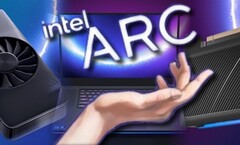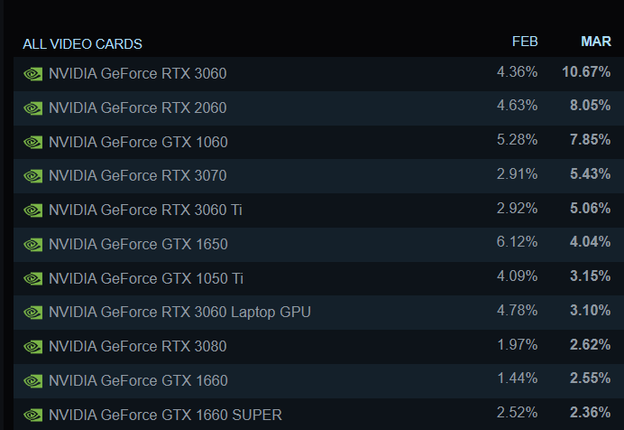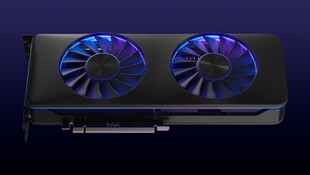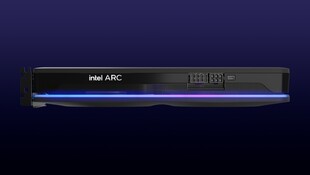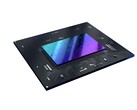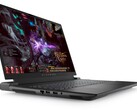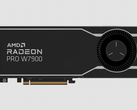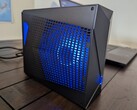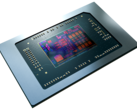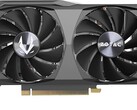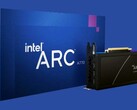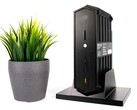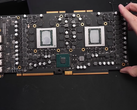TimeCheck - remembering tech's checkered past
While Intel has indeed been in the GPU-making business for a long time, most GPUs released by Team Blue were low-powered solutions and only suitable for surfing the Web and watching movies. Such chips used to be a part of the motherboard, with the GMA 950 being a good example of what we're talking about here; then, after Core 2 Duo and Core 2 Quad processors were retired and 1st Gen Clarkdale Core i3/i5/i7 processors came to take their place, integrated graphics adapters became an indispensable part of CPUs themselves. Either way, the iGPUs kept being as slow as Intel could get away with and there was little, if any, intention to compete with AMD and Nvidia.
It was only when AMD's mighty Zen 2 processor architecture arrived that Intel started to consider the possibility of changing its tactics. It took the company a couple of years to develop its first proper graphics architecture in many years, Xe. To no one's surprise, the architecture was set to make its debut as integrated graphics first, with proper, powerful graphics cards appearing significantly later. We got our first taste of the latter in H1 2022. Laptop-grade Arc graphics cards were released first; think Intel Arc A350M, A730M, A770M. A couple of months later, desktop-grade parts such as the A380 followed, with initial sales limited to Asia.
It's been a full year. We have since tested a handful of Arc-equipped systems from Medion, Asus, Samsung and other companies. Laptops toting Arc graphics cards were hard to encounter in actual stores in mid-2022; this remains the case today, as the middle of 2023 is inching closer. A brief look at the Steam Survey reveals a similar picture, with Intel's graphics cards conspicuously absent from the list while Nvidia products seem to thrive, more than ever. So, what is going on?
Mighty hardware, underwhelming software
Arc graphics cards promised to deliver a lot of perks for the money. The entry-level Arc A380, for example, had 6 GB of video memory, DP 2.0 support for 8K TV compatibility, ray tracing support, full AV1 codec support and more than enough firepower to throw the gauntlet down to the Radeon RX 6400 and GeForce GTX 1650 (Desktop) for a similar or even smaller amount of cash. (The modern video codec support was especially important, given Nvidia and AMD chose to cut it out of their low-end offerings.) Like most Arc graphics cards, the A380 looked very impressive on paper - as long as one chose to trust 3DMark benchmarks, at least.
Reality begged to differ. Much like its higher-end brethren, the A380 proved to be slower than the competing AMD and Nvidia cards in most games; if playing with certain technologies off (we are looking at you, Resizable BAR), the Arc would become slower than entry-level graphics cards released in 2016. Worse still, some games would exhibit significant issues, which was to be expected as most game studios only have the budget to optimize their products for Nvidia graphics cards. The lower-than-desired quality of Intel's drivers was to blame, too, to an extent.
Gamers took notice. The apparent lack of interest forced Intel to make a commitment to improve its drivers, resulting in subsequent claims of significantly improved performance (in particular, DX9 performance) that TechSpot was quick to refute. Intel may yet be able to up its game - reducing the prices significantly would be one way to do that. For now, however, first-generation discrete graphics cards from Intel are niche products that only true fans of the company will be able to fully appreciate. Perhaps the second generation will be able to turn things around for Intel.
Buy the Samsung Galaxy Book2 Pro (13-inch model, AMOLED, 8 GB RAM, 256 GB SSD) on Amazon




